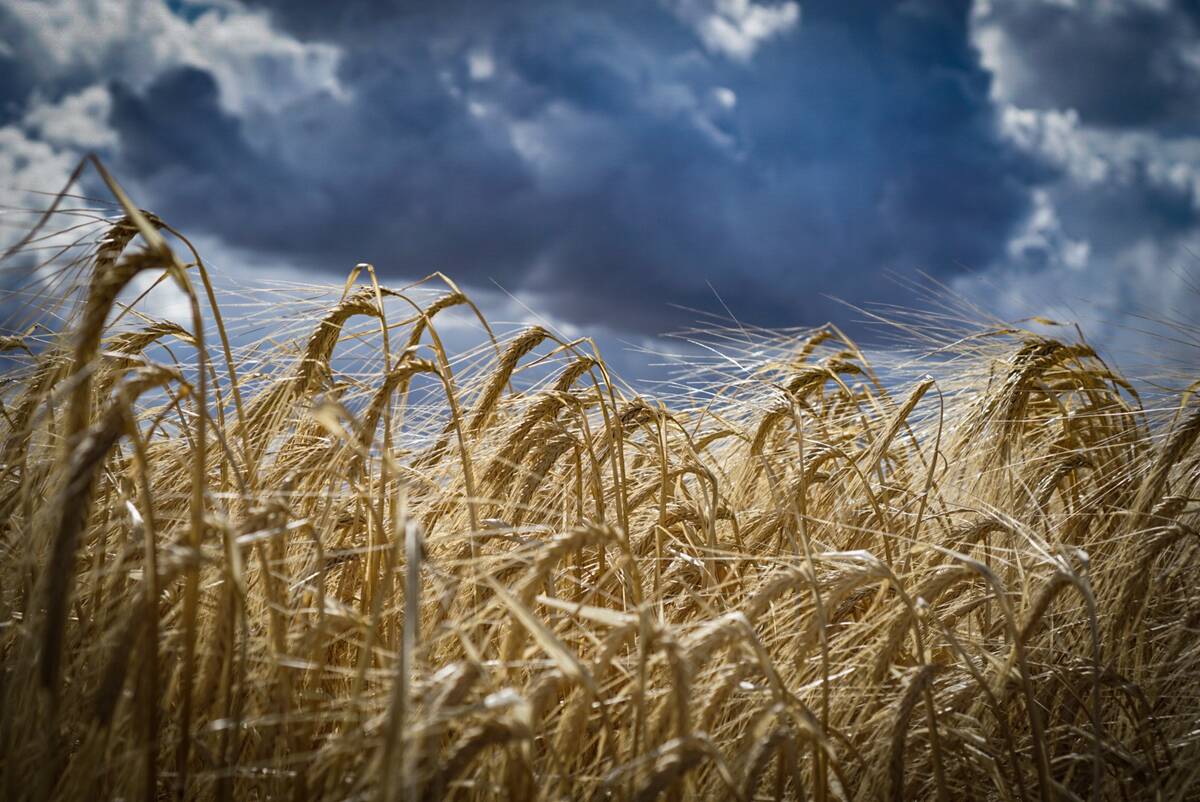When Dennis McKerracher heard about a better way to water pigs, he decided to test the system on his grower-to-finish farm at High River, Alta.
After a year-long test on grower pigs, he found ball bite waterers commonly used in Europe were superior to nipple waterers.
His daily records showed water use dropped by 35 percent, meaning more was lost when the pigs used the nipple drinkers. Water slops out of their mouths and ends up on the floor.
He recorded a reduction of 13,500 litres per 1,000 head during the summer months and a 5,000 litre reduction during the winter. He also noticed an energy saving because the pumps ran less often.
Read Also

Malting barley exporters target Mexican market
Canada’s barley sector is setting its sights on the Mexican market to help mop up some of the lost demand from China
“Any energy saving can probably down the road be worth money and why waste water?”
The research on a better hog watering system won him an Emerald Award last summer, an Alberta environmental excellence award.
He also learned more about pig behaviour, which has been a benefit in the long run.
“A lot of the water that is wasted (by pigs) is for recreational purposes, boredom or to try and give themselves a shower,” he said.
McKerracher first came across the idea after hearing a talk at a pork seminar where water was described as the forgotten nutrient. He had also heard about the best way to deliver water to pigs.
He then saw an advertisement for ball bite waterers in an international hog magazine and after research ordered a set for his grower pigs.
The waterers had been tested on a small scale at the Prairie Swine Centre in Saskatoon but he wanted long-term results on a commercial basis to eliminate the variables like weather changes, different feeds or type of pigs.
He introduced the trial to 500, 25 kilogram pigs. When the pigs reached 50 kg within eight weeks, the batches were changed.
The group was split into 250 pigs using the ball bite waterers and the other 250 using the nipples for comparison. They were sorted by sex and went into pens of 30.
All the pigs had used water bowls in the nursery so they had to learn to use the drinkers. While the water can flow freely from the traditional nipple drinker, those using the other type have to bite on the nozzle to get a drink. As long as they bite, the water flows.
Water monitors were installed to record intake at each pen on a daily basis.
Animal welfare was a big concern for him.
“With the very first batch, at about Day 3, I was ready to stop the trial because I saw the difference and I thought something had to be wrong. I thought these pigs have got to be suffering,” McKerracher said.
He had his neighbour look at the pigs to see if he noticed any ill effects.
“I thought they weren’t drinking as much as they should,” he said.
The pigs were weighed, the feed was checked and everything was normal. The pigs were healthy and content.
The water monitoring system has made him a better manager.
“We never thought it would change how we manage our barns, but it has.”
Besides regularly checking his pigs, he watches the water monitor and if it is out of the norm, he can look for illness, leaks in the water lines or something wrong with the drinkers.
He noticed when the bin was almost empty, the feed was less palatable and the pigs drank less water.
“If there are any issues, whether it is health issues, feed issues or environmental issues, the first place it is going to show up is in your water use,” he said.
There was no difference in the manure.
“It’s been two years and there have been no negative affects on the cleaning of the barns,” he said.















